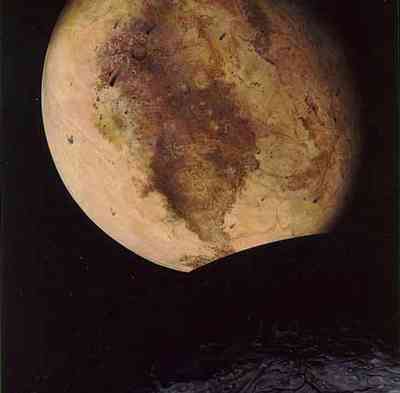This is according to an observation made by researchers from MIT who took advantage of Charon's passage over a distant planet

If you want to learn something about a world millions of miles away, you should be in the right place and at the right time. Astronomers from MIT and William S. College were lucky enough to watch Pluto's large moon, Charon, pass in front of a distant star last summer. Based on the observations of the transit, which lasted less than a minute, the team reported new details about the moon in the January 5 issue of the journal Nature.
A second article, from another group led by the French astronomer Bruno Sicardi, also appeared in the same issue. The MIT-Williams team was able to measure Charon's size with great precision and determined that it does not have a significant atmosphere. "The results provide insight into the formation and evolution of celestial bodies in the outer solar system," says Amanda Gulbis, a postdoctoral fellow who heads the MIT study and works in the Department of Earth, Atmospheric and Planetary Sciences.
In particular, they found that Charon's radius is 606 kilometers plus or minus eight kilometers, and some of the topographies they identified indicate that Charon's shape is not spherical. According to Gulbis, the size, combined with the Hubble Space Telescope mass measurement, showed that the moon has a density that is about one-third that of Earth. This means that it is mainly composed of ice and rocks.
The team also found that the density of any atmosphere that would exist on the moon must be less than one millionth that of Earth. The arguments contradict the theory that Pluto and Charon formed through the cooling and accretion of gas and dust from the primordial cloud. Instead, Charon likely formed in a collision between another object and the planet from which Pluto later accreted.
